April Showers Bring May Flowers . . . And Allergies!
As we welcome the arrival of spring, we also welcome the rainy days, new blooms, and fresh leaves. While the sight of blooming flowers and trees may be beautiful, it can also bring about a not-so-pleasant season for many—allergy season. Allergies can range from mild symptoms, such as sneezing, itching, hives, and watery eyes, to more severe symptoms, such as difficulty breathing and anaphylaxis.
Victoria ER has a team of experienced physicians and nurses who can provide you with personalized treatment plans tailored to your specific allergy needs. We understand that a reaction can be a serious and potentially life-threatening condition, and we are committed to providing the best possible care.
Symptoms of Allergies
Allergies can present themselves in various forms, and the severity of symptoms can differ from person to person. Some common allergy symptoms include:
- Sneezing
- Runny or stuffy nose
- Watery, itchy, or red eyes
- Scratchy throat
- Coughing
- Shortness of breath
- Hives or rash
- Swelling of the face, throat, or tongue
- Anaphylaxis (a severe allergic reaction that can cause breathing difficulties, a drop in blood pressure, and loss of consciousness)
- Headaches/Migraines
Treatment for Allergies
If you are experiencing allergy symptoms, there are several steps you can take to alleviate them.
The first step is to identify the allergen causing the reaction and try to avoid it. Over-the-counter medications, such as antihistamines, decongestants, and nasal sprays can also help to relieve symptoms. For hives, rashes, or other skin-related allergies, a topical cream may be used. If your allergies are severe or persist despite taking over-the-counter medications, your healthcare provider may prescribe stronger medications or recommend immunotherapy.
If your allergy symptoms are interfering with your daily activities, it is best to see your healthcare provider. They can help identify the allergen and prescribe appropriate medications to manage your symptoms. If you have a history of severe allergic reactions or anaphylaxis, it is important to consult with your healthcare provider. Together, you should develop an emergency action plan.
When to Visit an Emergency Center
While most allergy symptoms can be managed with over-the-counter medications, severe allergic reactions can be life-threatening and require emergency medical attention. If you experience any of the following symptoms, seek emergency care immediately:
- Fever
- Difficulty breathing
- Wheezing
- Rapid or weak pulse
- Heart palpitations
- Severe swelling of the face, throat, or tongue
- Confusion
- Loss of consciousness
- Chest pain
- Asthma attacks
At Victoria ER, we are equipped to handle severe allergic reactions and anaphylaxis. Our team of board-certified emergency physicians and nurses is available 24/7 to provide prompt and effective care. In fact, in previous blog articles, we’ve discussed the seriousness of allergic reactions—specifically, how you can identify and treat anaphylaxis, as well as when visiting the ER is necessary. Above all else, your health and safety are our main priorities.
In conclusion, as we enjoy the beauty of spring, it is essential to remember that allergies can also accompany this season. While mild allergy symptoms can be managed with over-the-counter medications, severe reactions require emergency medical attention. At Victoria ER, we are here to provide you with high-quality emergency care whenever you need it.

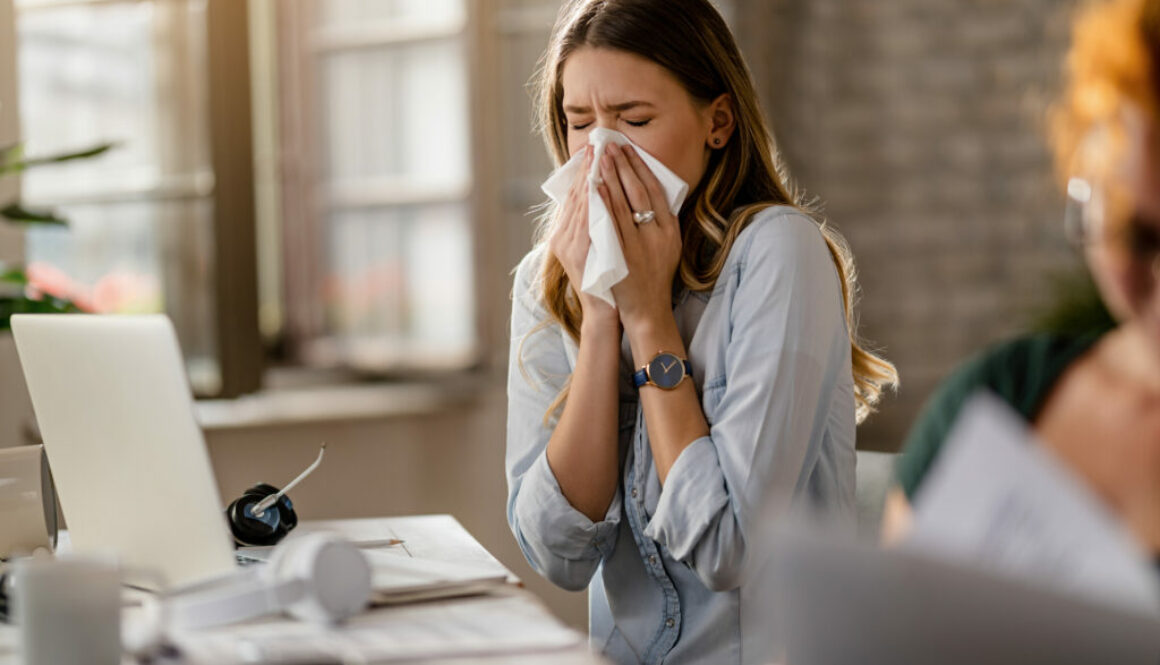
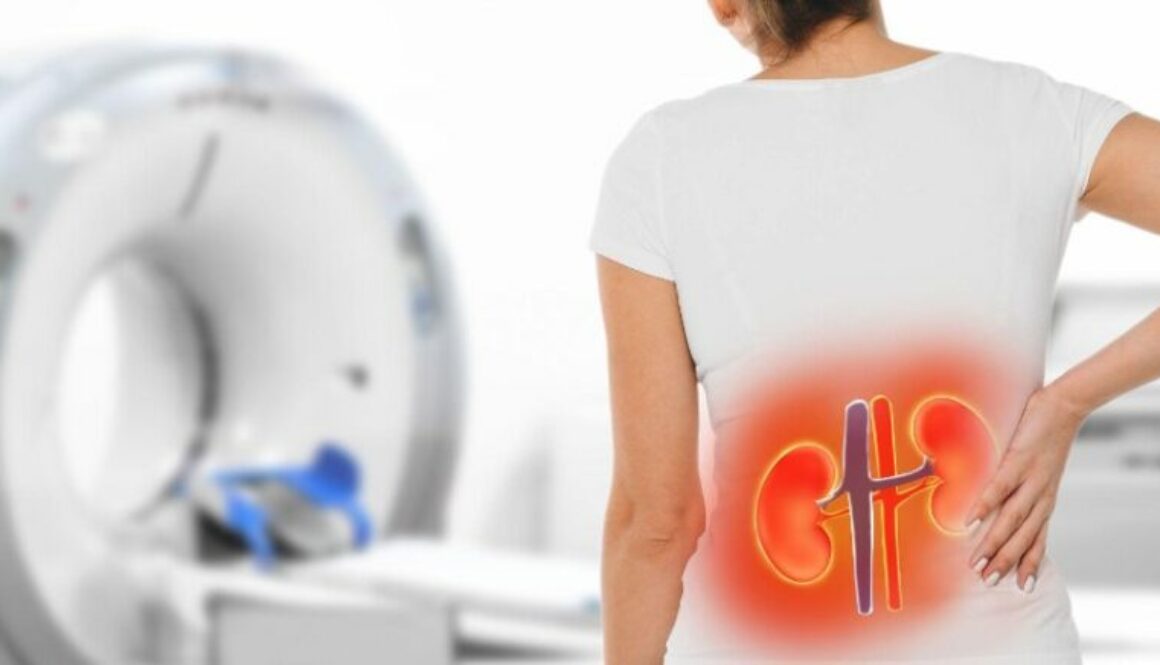
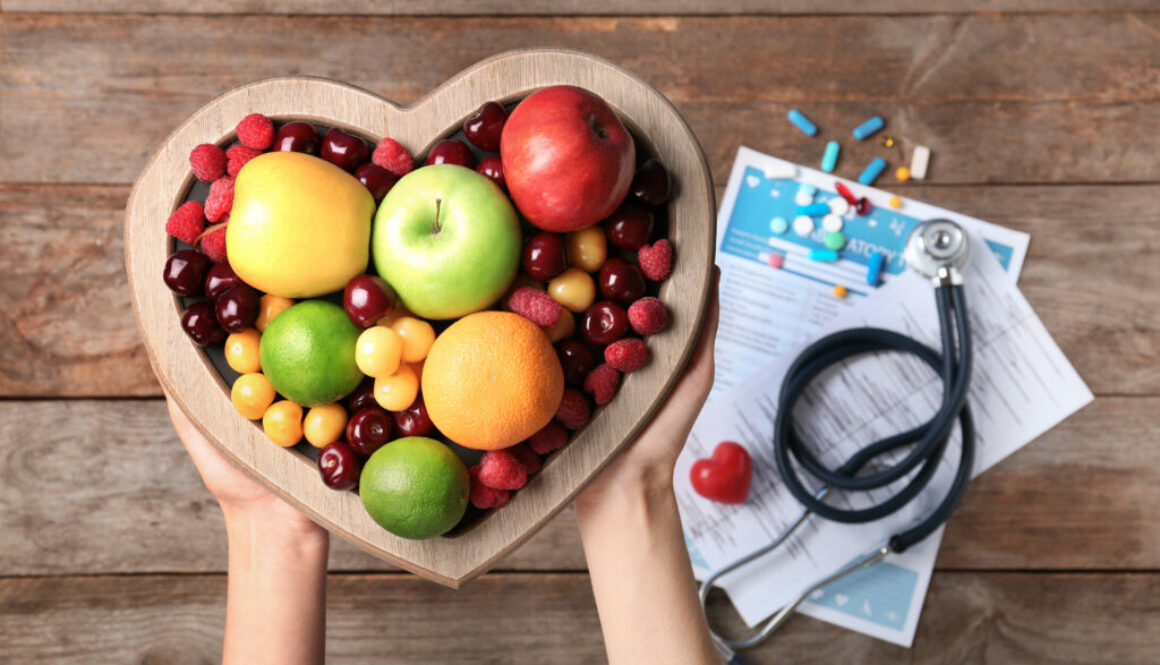






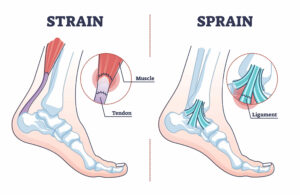

 2. Exercise regularly. Physical activity can help boost immunity by stimulating the production of immune-boosting white blood cells. Moreover, regular exercise helps to rid the body of bacteria that can lead to illness and inflammation. Additionally, physical activity can stimulate immune-supporting hormones which will help protect against infection and disease. Get out there and get moving – it’s the best way to bolster your immune system!
2. Exercise regularly. Physical activity can help boost immunity by stimulating the production of immune-boosting white blood cells. Moreover, regular exercise helps to rid the body of bacteria that can lead to illness and inflammation. Additionally, physical activity can stimulate immune-supporting hormones which will help protect against infection and disease. Get out there and get moving – it’s the best way to bolster your immune system! 4. Manage stress levels. Stress is known to weaken the immune system, making people more vulnerable to illness, so by reducing and managing your stress levels, we can help keep your immune system in top condition. There are many different methods for managing stress such as yoga, exercise, journaling or even simply taking time each day to relax and practice mindfulness. Focusing on improving your capacity to handle stress can be a great way of helping yourself stay healthy this winter season.
4. Manage stress levels. Stress is known to weaken the immune system, making people more vulnerable to illness, so by reducing and managing your stress levels, we can help keep your immune system in top condition. There are many different methods for managing stress such as yoga, exercise, journaling or even simply taking time each day to relax and practice mindfulness. Focusing on improving your capacity to handle stress can be a great way of helping yourself stay healthy this winter season. 6. Boost immune system health with immune-boosting supplements. To make sure that you can fight off any unwanted viruses, it’s important to supplement your immune system with immune-boosting supplements. These supplements are easy to take in either pill or liquid form and contain immune-supporting vitamins and minerals that are essential for immune health. Not only do these supplements reduce the risk of getting sick, but they also give you the energy you need to keep up with your daily routine.
6. Boost immune system health with immune-boosting supplements. To make sure that you can fight off any unwanted viruses, it’s important to supplement your immune system with immune-boosting supplements. These supplements are easy to take in either pill or liquid form and contain immune-supporting vitamins and minerals that are essential for immune health. Not only do these supplements reduce the risk of getting sick, but they also give you the energy you need to keep up with your daily routine.
 Here’s a quick breakdown of each.
Here’s a quick breakdown of each. 

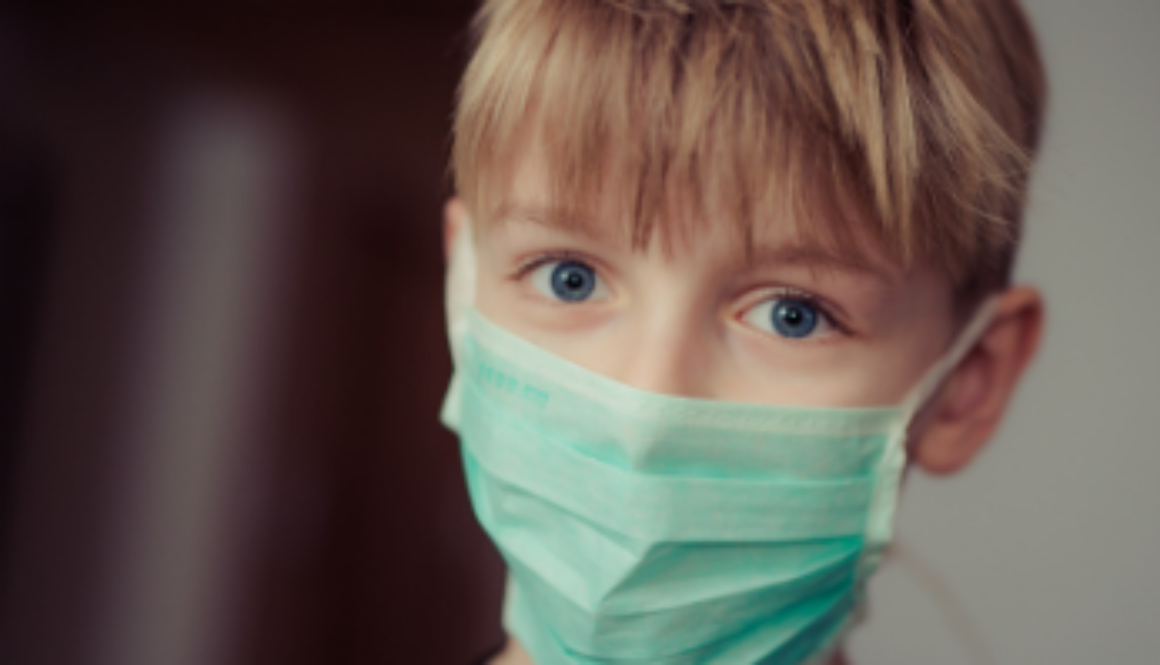

 deadly allergy to bee stings), but what about cockroaches? This common pest can cause asthma attacks. Dust mites, mosquitoes, bed bugs, and other common bugs can also cause redness, itchiness, and swelling.
deadly allergy to bee stings), but what about cockroaches? This common pest can cause asthma attacks. Dust mites, mosquitoes, bed bugs, and other common bugs can also cause redness, itchiness, and swelling.